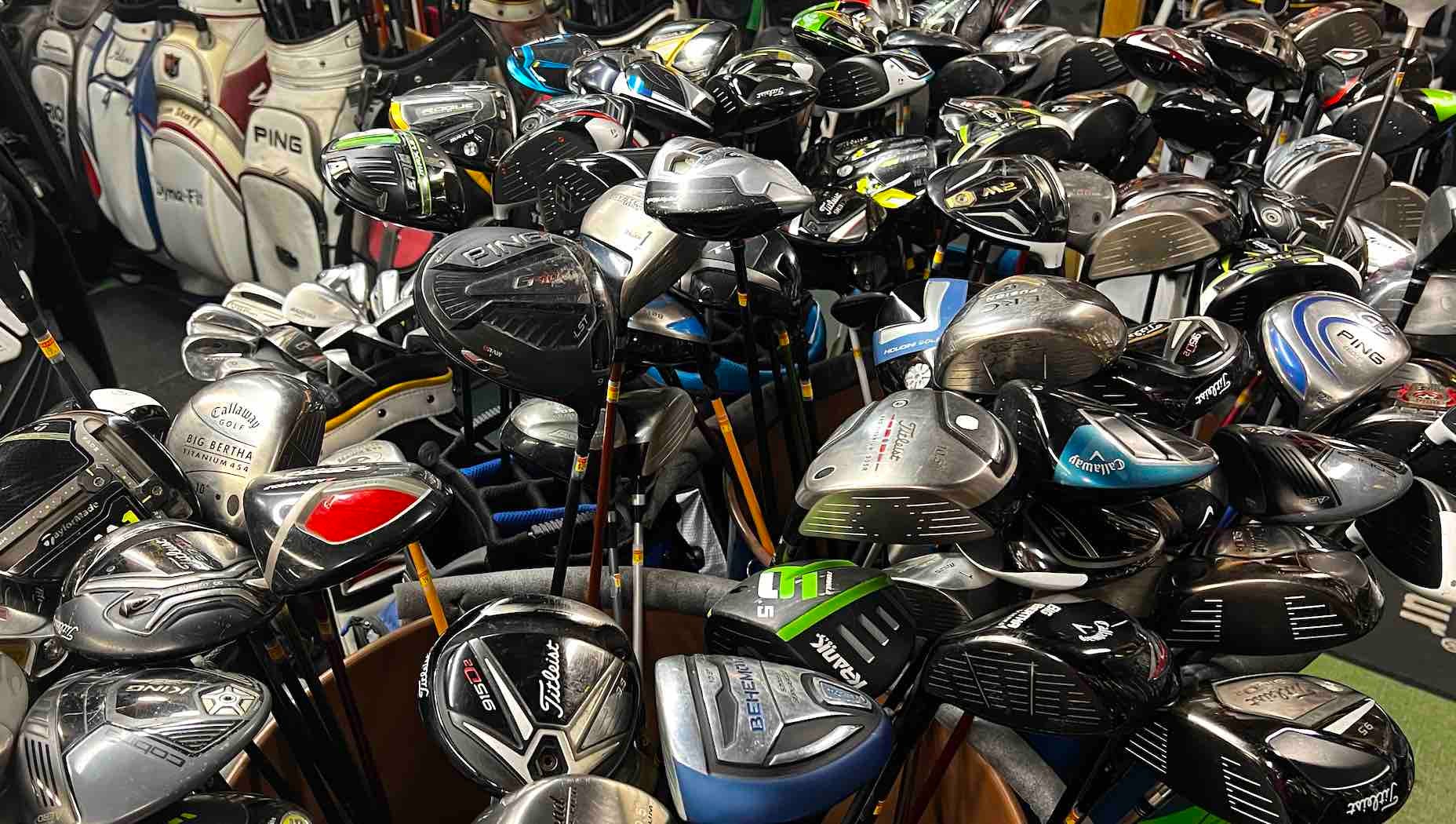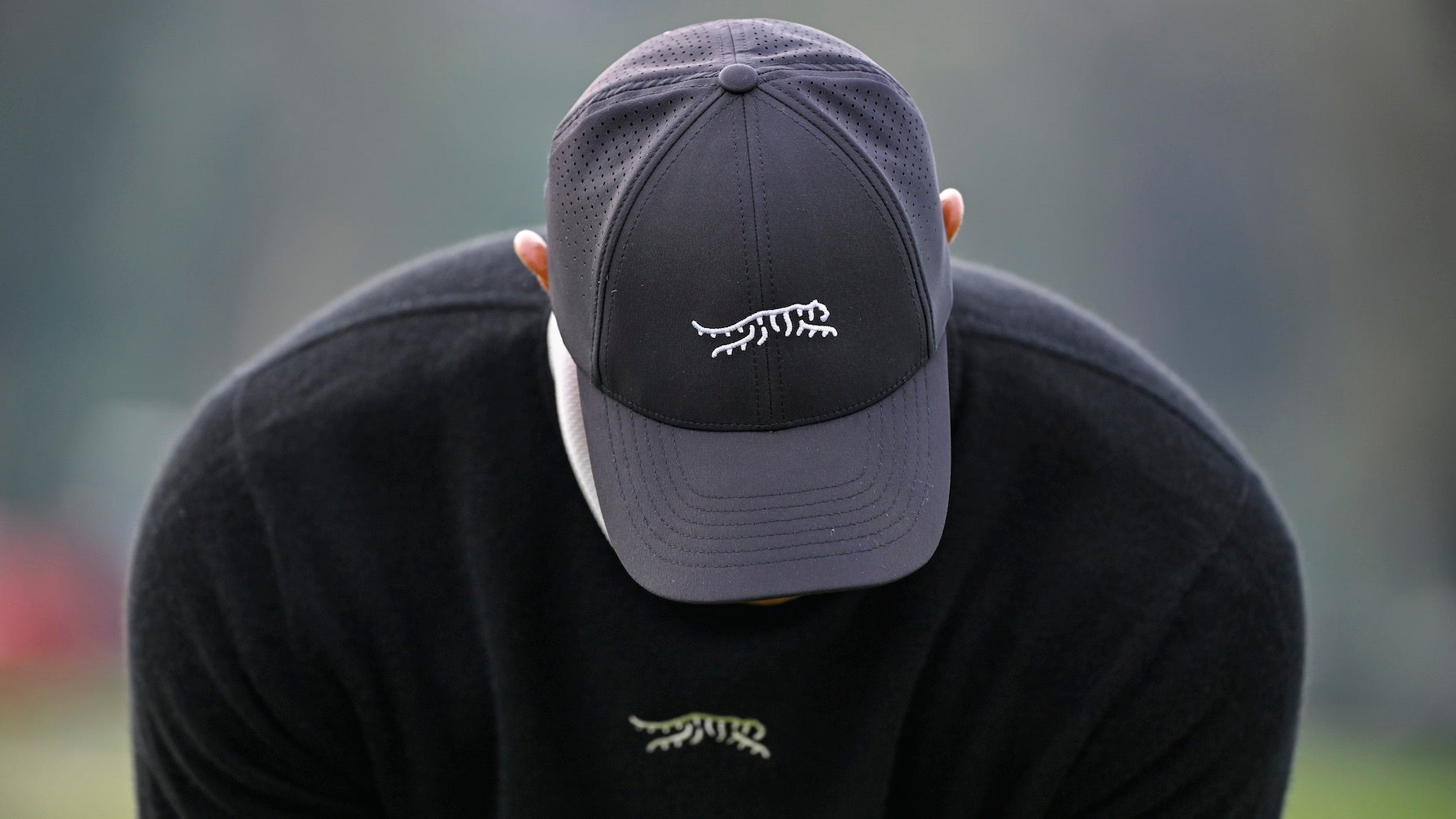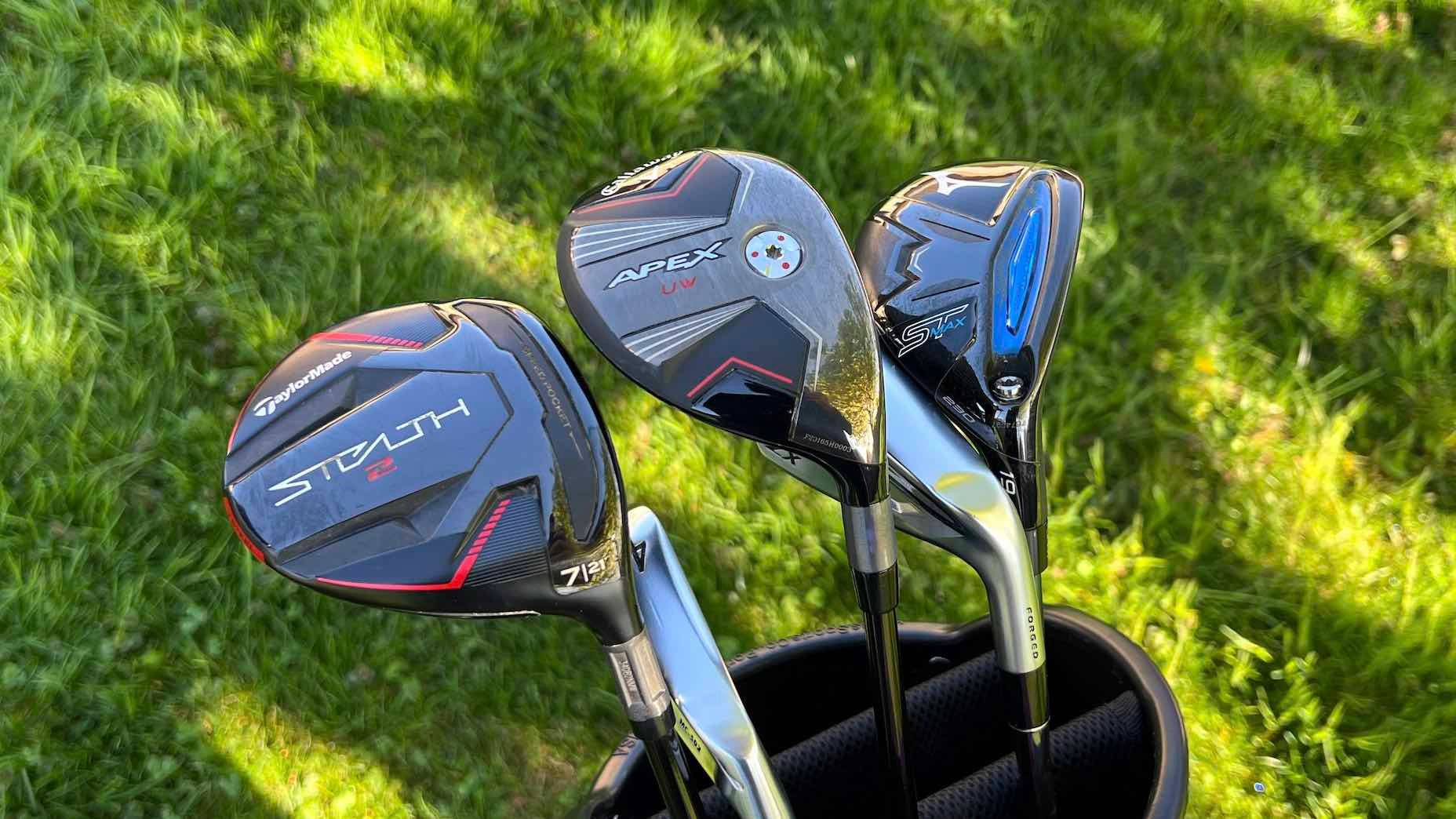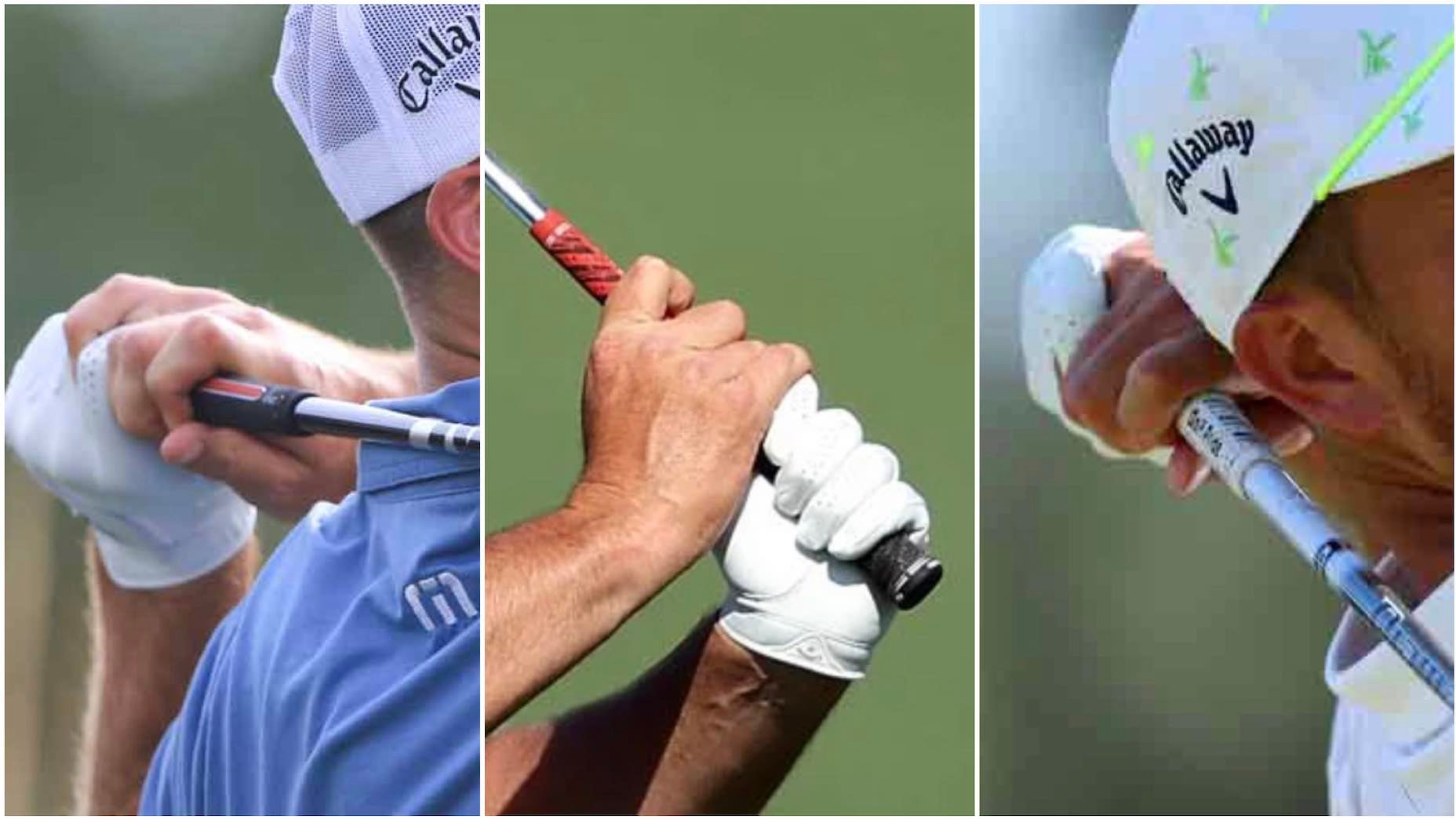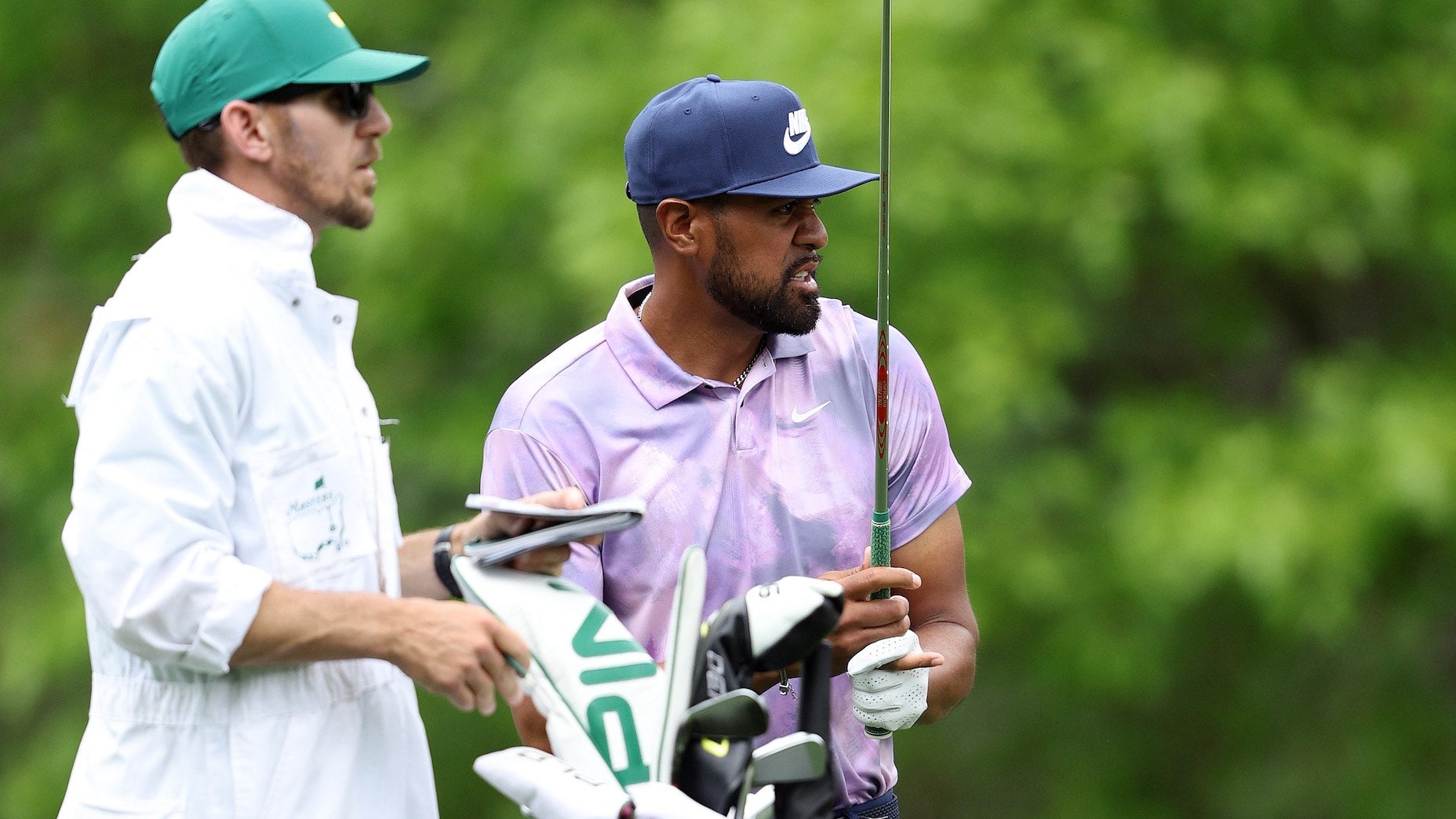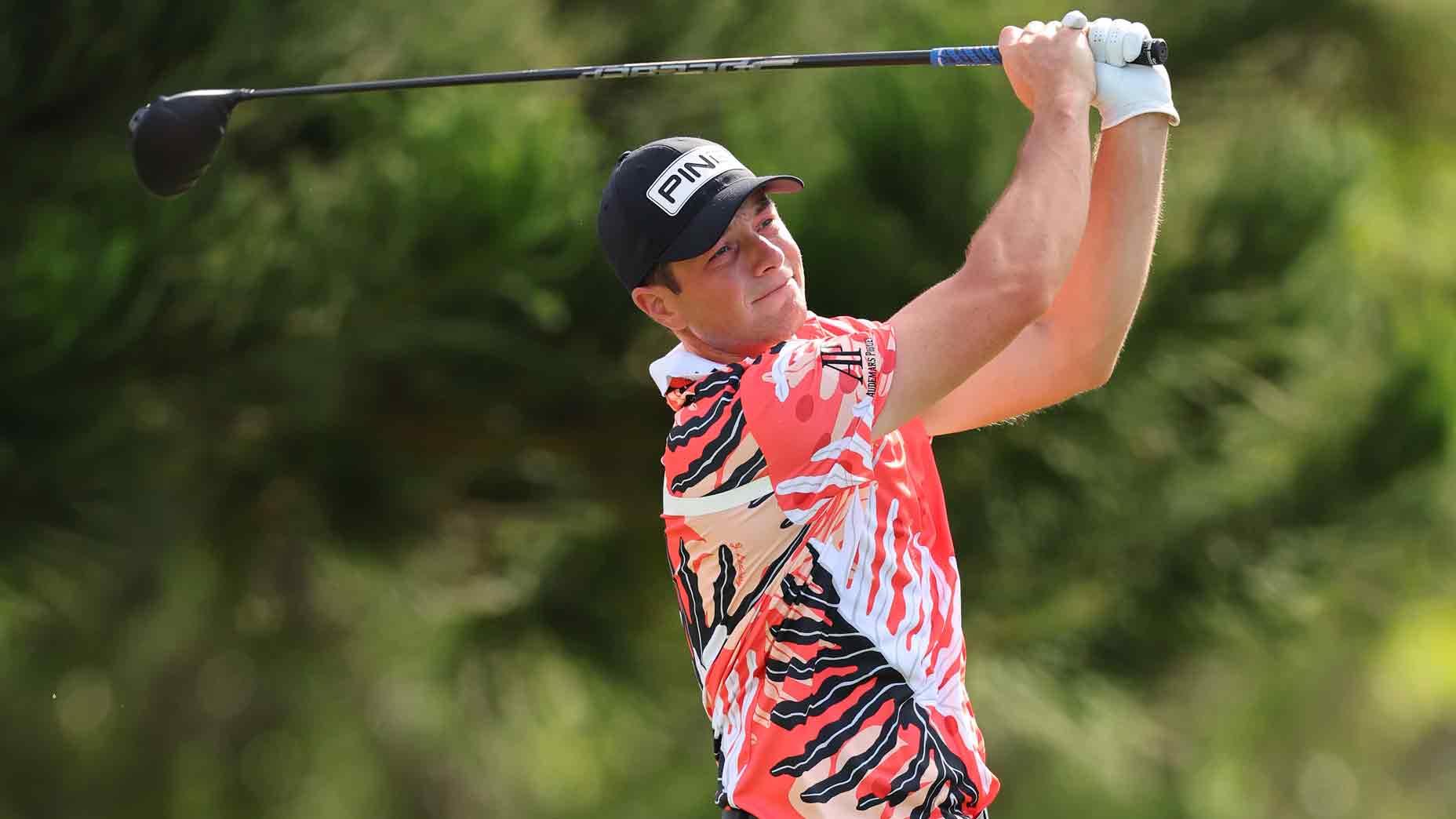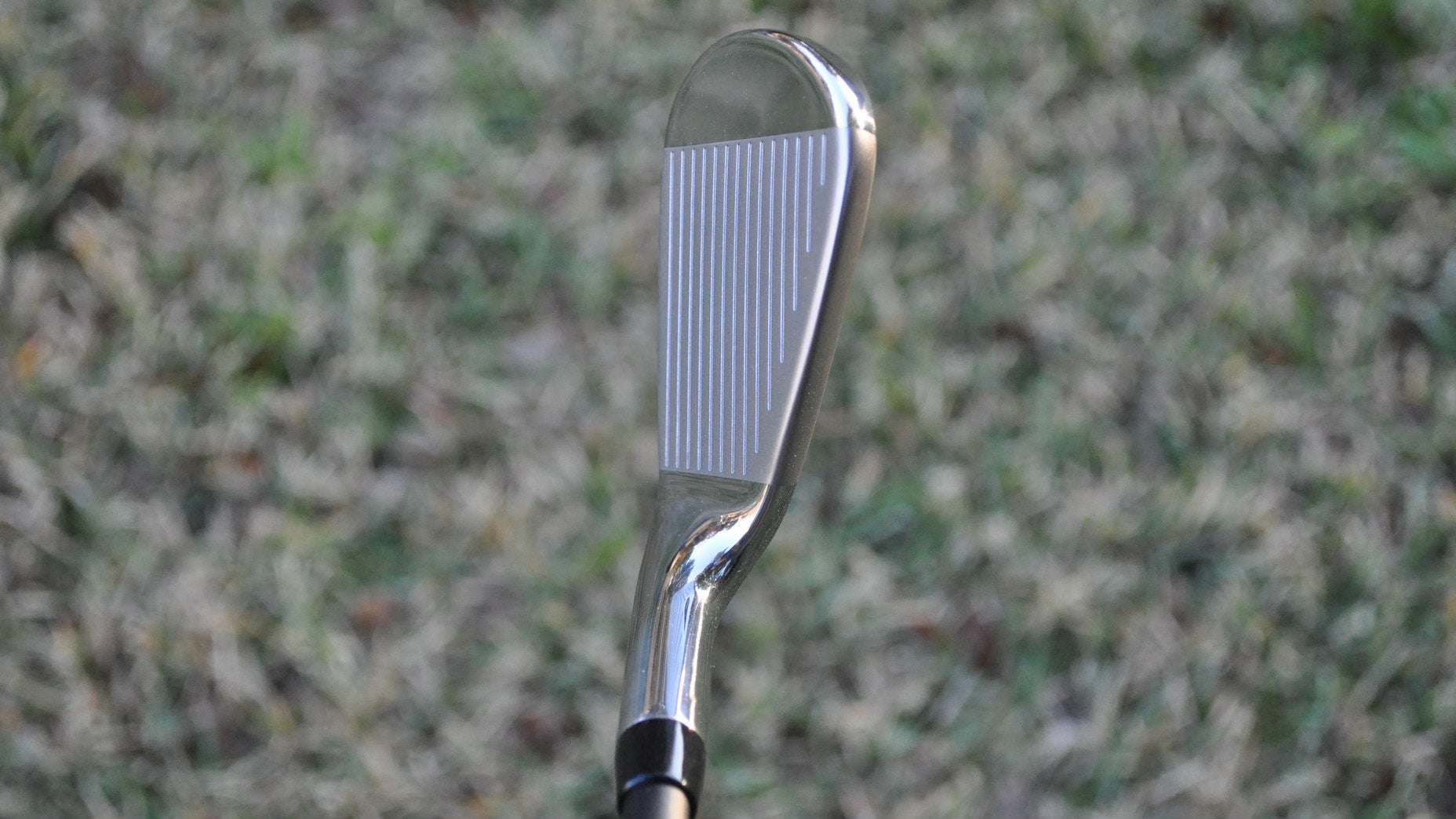The biggest mistakes golfers make when buying used clubs, and how to prevent them
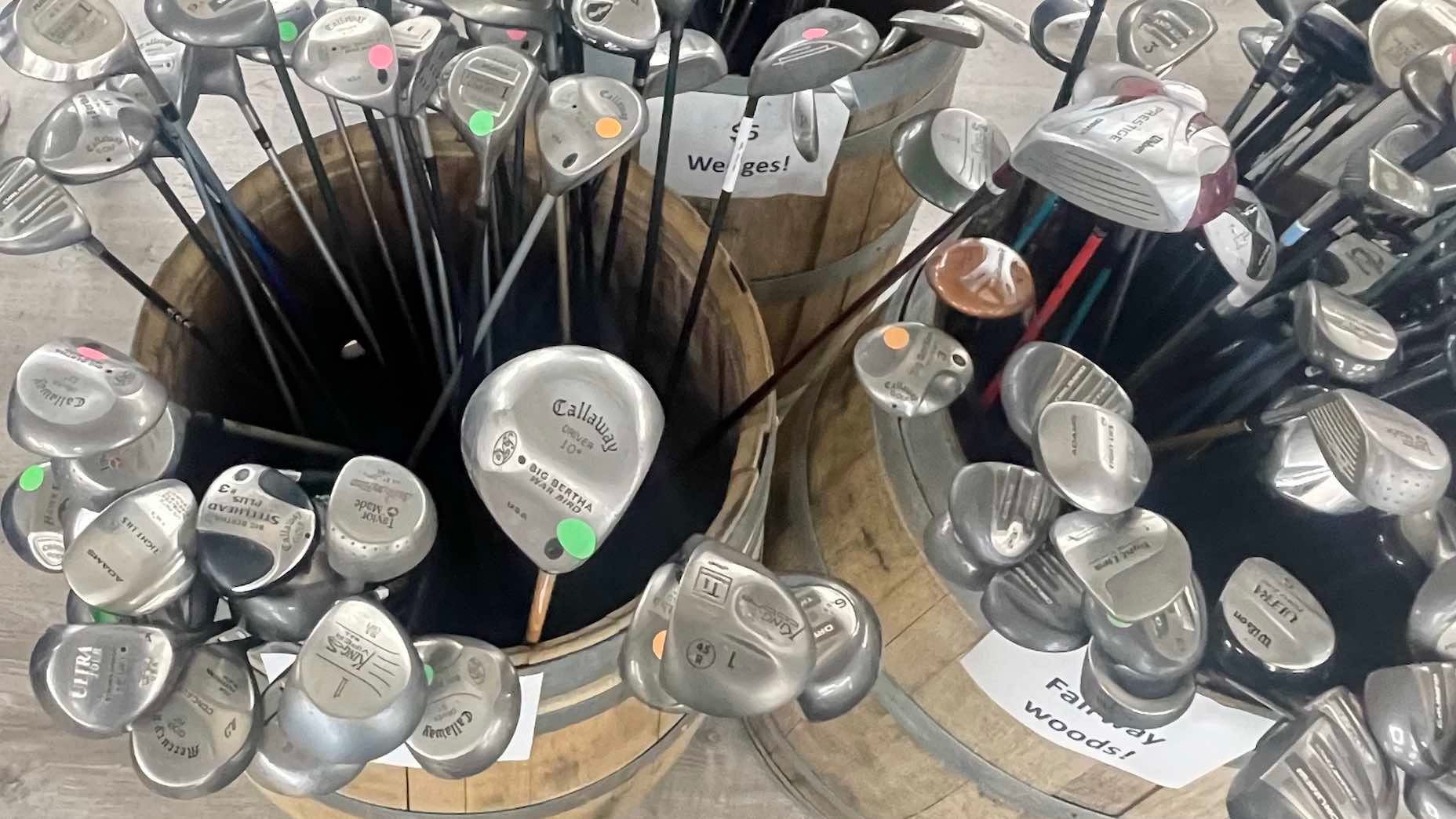
Used clubs can help save you money.
Golf
With the end of the golf season quickly approaching, there is no better time to start looking for new equipment, or at least new equipment to you. Yes, we’re talking about used clubs.
Used golf clubs offer a ton of value, and depending on how far back you go in terms of golf club generations you can pay as little as 25% of the original cost for a modern golf club with most of the technology you’re going to find in new equipment. But, just because a deal sounds good doesn’t mean that it’s right for you, so here are the top 5 used-club buying mistakes and how to prevent them.
Know your specs

If not mentioned online in the description or when talking to someone in person the key club specs you should ask about are: length, lie angle, and shaft flex.
If you are new to golf or just not sure what specs you are looking for, take the time to talk to a PGA professional or club-fitting expert to help give you a baseline for what you need — even if that means standard, off-the-rack clubs. The closer your clubs are to the ideal fit, the more fun you are going to have on the course.
Check for component issues
Key components of the clubs you are buying can tell you a lot about them.
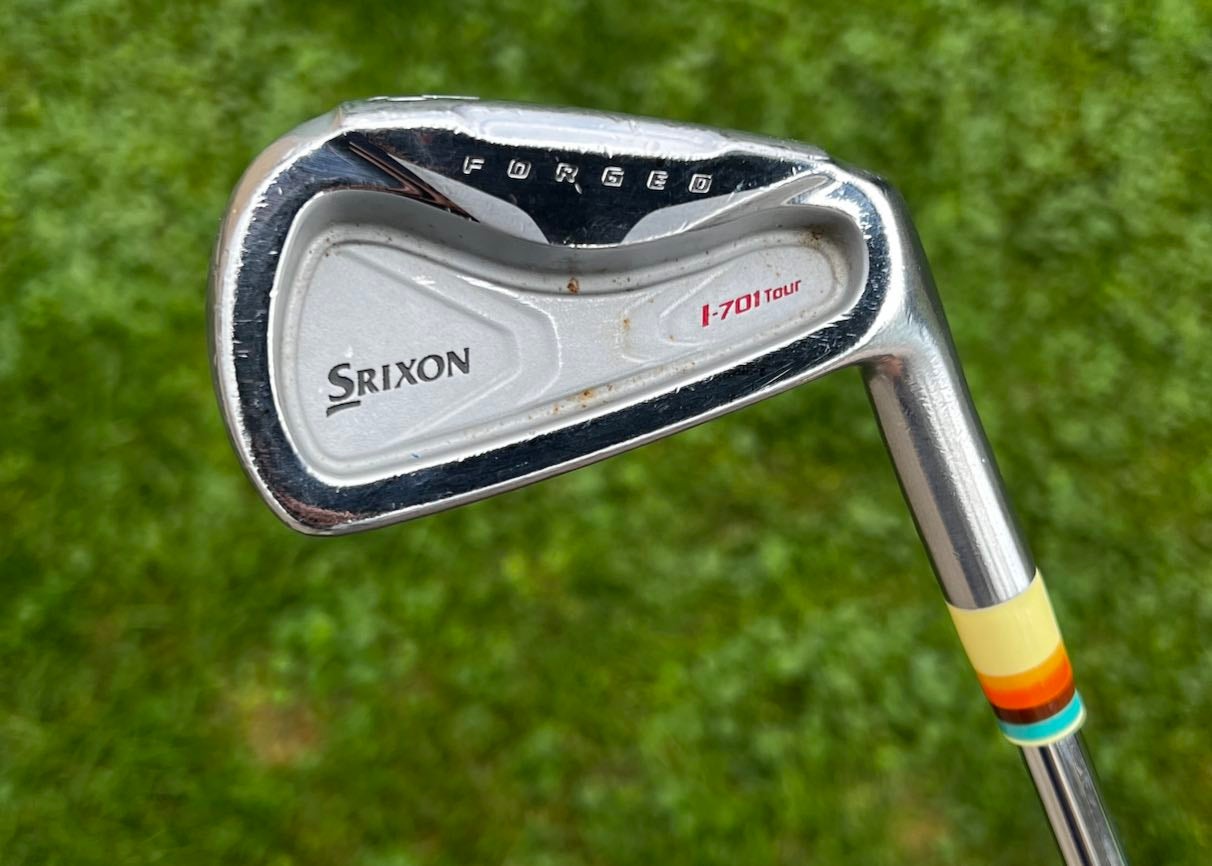
Ferrules: The small plastic pieces that sit between where the shaft meets the club head are only cosmetic but if a set has one or two that don’t match, it’s a sign that those clubs have been repaired at some point. If this is the case you need to ask for some extra clarification, and potentially the club’s history if available.
Shafts: For steel-shafted clubs, it’s simple — if they’re bent or show visible signs of rust, say no thanks. For graphite shafted clubs check for any excessive paint wear or cracks around the area where the shaft goes into the head — if this high-stress area of the club shows any cracks it means there is damage and the chance of breakage is high.
Last but not least, when buying an iron set, make sure the shafts match for brand and flex.
Get a grips

Grips deserve their own section, and when buying used, if the grips are in acceptable condition or just need a good cleaning, you’re in luck.
For any older clubs going back multiple generations, you should be prepared to re-grip them, so factor that cost into your used-club budget. Here’s the kicker, though: new grips, even on older clubs, will make those clubs feel like new and uniquely yours. Plus used clubs with new grips still cost way less than a brand new set.
If you need help selecting a grip be sure to check out our ultimate grip guide for tips on selecting the style, shape, and size that’s best for you.
Buy adjustable whenever possible
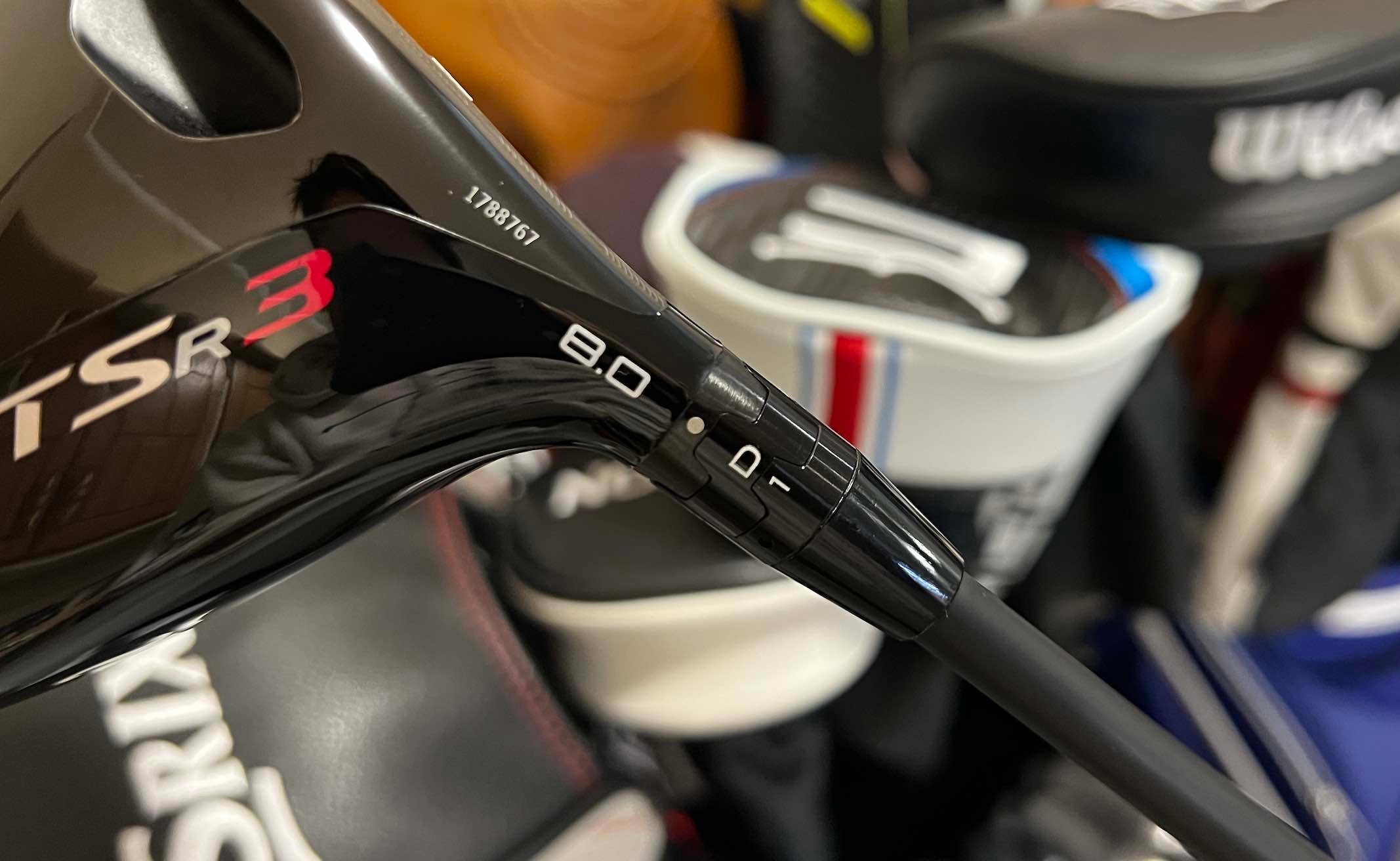
If you’re not going to get custom fit — we understand it can be prohibitive when buying used clubs depending on your budget— at least buy clubs that offer adjustability. That means drivers, fairway woods, and hybrids.
Modern adjustable clubs offer one of the fastest and easiest ways to get you dialed into some extra distance and straighter shots. The best part is that every OEM offers an online guide on how to adjust their clubs so you don’t need an engineering degree to do it yourself — just a few moments and a torque wrench.
Buy from reputable sellers
This one is really simple — if you want to avoid buying fake or counterfeit clubs, buy from trusted sources. Whether it’s online or a local retailer, reputable sellers always take the time to confirm the authenticity of clubs before taking them in and can help remove one of the biggest issues from buying used, especially from less experienced golfers.
Want to overhaul your bag and find your perfect fit? Find a True Spec Golf fitting studio location near you.



